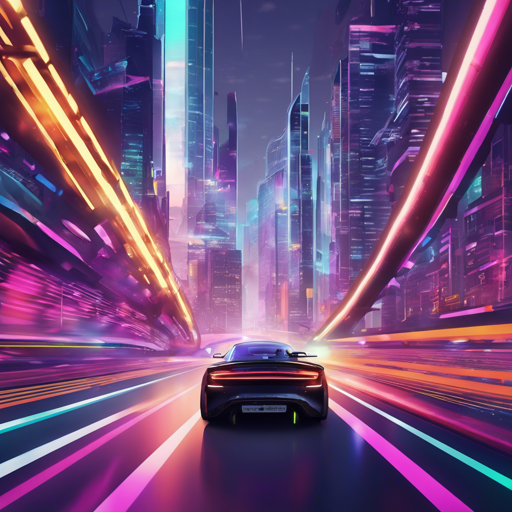Welcome to the exciting world of PGDrive, an innovative open-ended driving simulator that lets you explore endless scenarios right from the comfort of your desktop! If you’re eager to get your hands on this simulator, you’ve come to the right place. This article serves as a guide on how to install and enjoy PGDrive, troubleshoot common issues, and much more.
Key Features of PGDrive
- Lightweight: Extremely easy to download, install, and run on almost all platforms.
- Realistic: Accurate physics simulation and multiple sensory inputs.
- Efficient: Up to 500 simulation steps per second with ease of parallel computation.
- Open-ended: Supports generating infinite scenes and configuring various traffic, vehicle, and environmental settings.
Quick Start: Installing PGDrive
Getting started with PGDrive is a breeze! To install it, simply run the following command in your terminal:
pip install pgdriveIf you wish to contribute to this project or make some modifications, you can clone the latest version of PGDrive locally and install it with:
git clone https://github.com/decisionforce/pgdrive.git
cd pgdrive
pip install -e .Verifying Your Installation
To ensure that PGDrive was installed correctly, run the following command:
python -m pgdrive.examples.profile_pgdriveRemember not to run this command in any folder that has a subfolder named .pgdrive.
Enjoying PGDrive: Examples and Features
PGDrive offers a variety of engaging experiences. Choose from the following commands to start your driving adventure:
- Manual Driving:
python -m pgdrive.examples.enjoy_manual– Experience driving through the environment with your keyboard. - Expert Driver:
python -m pgdrive.examples.enjoy_expert– Let a pre-trained expert driver navigate the roads for you. - Rescue mode:
python -m pgdrive.examples.enjoy_saver– Enjoy a fusion of manual and expert control to navigate tricky situations. - Generate Map:
python -m pgdrive.examples.draw_maps– This command allows you to visualize generated maps.
An Analogy for Understanding Installation Steps
Think of installing PGDrive like setting up a new amusement park ride. Initially, you need to gather all the parts (installing the software package). Next, you need to put those parts together (cloning the repository). Once assembled, you should test that it works correctly (verifying your installation). To ensure that your ride gives a fun experience, you can choose various themes (experiments and driving modes) and even let a professional driver take the wheel!
Troubleshooting
While PGDrive is designed to run smoothly, users may occasionally face issues. Here are some troubleshooting ideas:
- Problem with Installation: Ensure you have the latest Python version installed and all dependencies are met. Try running the installation command again.
- Running Errors: If you encounter errors when executing commands, double-check the command syntax and confirm that you are not in a folder that’s not appropriate.
- Rendering Issues: Ensure your graphics drivers are up to date and that your system meets the necessary hardware specifications.
For more insights, updates, or to collaborate on AI development projects, stay connected with fxis.ai.
Expanding Your Knowledge
For more detailed information about PGDrive, refer to the PGDrive Documentation. Here you will find everything from installation guides to advanced features.
Final Thoughts
At fxis.ai, we believe that such advancements are crucial for the future of AI, as they enable more comprehensive and effective solutions. Our team is continually exploring new methodologies to push the envelope in artificial intelligence, ensuring that our clients benefit from the latest technological innovations.

